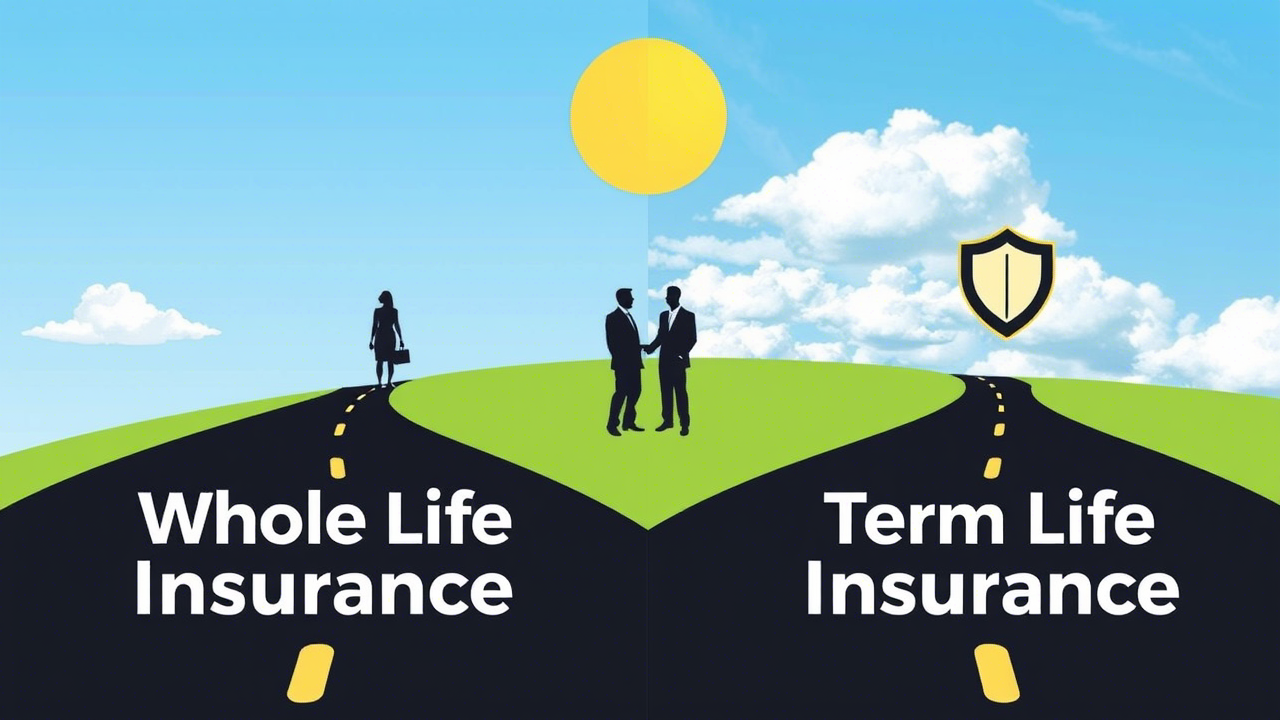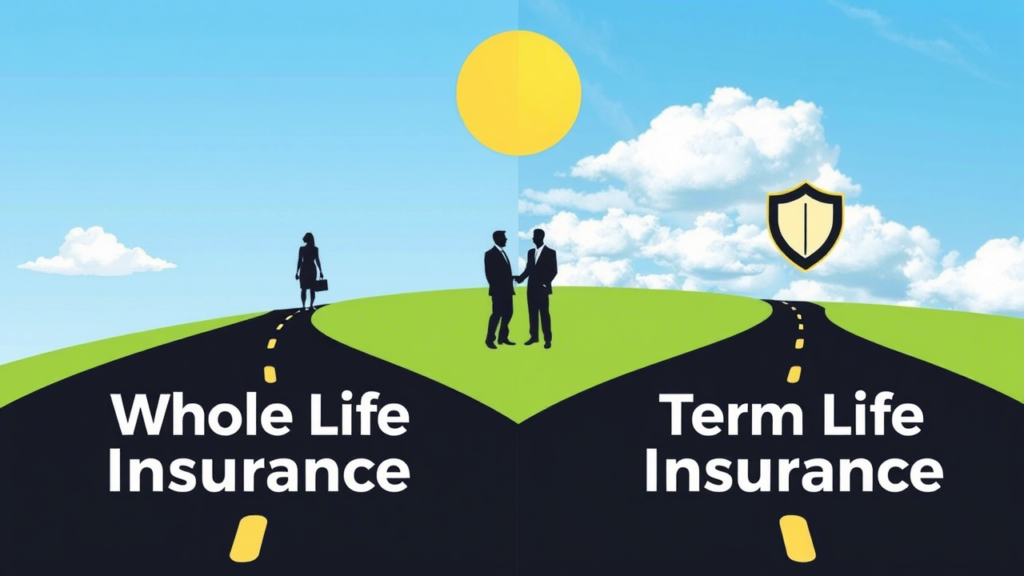Whole Life Insurance vs. Term Life Insurance: A Simple Comparison
When it comes to planning for the future, life insurance often enters the conversation as a way to provide peace of mind and financial security for loved ones. Two of the most common options you’ll encounter are whole life insurance and term life insurance. Each has its own purpose, benefits, and considerations, and understanding the differences can help you make a choice that feels right for you. Let’s explore these two types of insurance with a clear and steady perspective.

What Is Term Life Insurance?
Term life insurance is straightforward and temporary. It covers you for a specific period—say, 10, 20, or 30 years. If you pass away during that time, your beneficiaries receive a payout, known as the death benefit. If the term ends and you’re still here, the coverage simply stops unless you renew or convert it, though that might come with higher premiums based on your age and health at the time.
The appeal of term life lies in its simplicity and affordability. Premiums are typically lower than those for whole life insurance, especially if you’re young and healthy when you sign up. It’s often a go-to choice for people who want protection during key years—like while raising kids or paying off a mortgage—without a long-term financial commitment. Think of it as a safety net for a season of life.
What Is Whole Life Insurance?
Whole life insurance, on the other hand, is built to last. As the name suggests, it covers you for your entire life, as long as you keep paying the premiums. Because it doesn’t expire, it offers a sense of permanence that term life doesn’t. When you pass away, whenever that may be, your beneficiaries receive the death benefit.
But whole life insurance is more than just a payout. It also includes a cash value component—a savings-like feature that grows over time. Part of your premium goes toward this cash value, which earns interest at a guaranteed rate. After a while, you can borrow against it, withdraw from it, or even use it to pay premiums if needed. This added layer makes whole life feel like both insurance and a financial tool. Naturally, this complexity comes with higher premiums, which stay level throughout your life.
Comparing the Two
So, how do these two stack up? It often comes down to what you’re looking for. Term life is like renting a home—it’s cost-effective for a set period, but it doesn’t build anything lasting. Whole life is more like buying a house—it’s a bigger investment upfront, but it offers lifelong coverage and a growing asset.
Cost is a big factor. Term life premiums are lower, making it easier to fit into a tight budget. Whole life, with its cash value and permanent coverage, asks for more each month but delivers benefits that extend beyond a death benefit. If your goal is affordable protection for a specific time—like until your kids are grown or your debts are cleared—term life might feel just right. If you’re thinking long-term, perhaps wanting to leave a legacy or build a financial cushion, whole life could align better with that vision.
Flexibility plays a role too. Term life is less flexible—once the term ends, you’ll need to decide whether to renew, convert, or let it go. Whole life locks in your coverage and premium, offering stability and the bonus of cash value growth. That said, the higher cost of whole life might not suit everyone, especially if your budget is stretched thin.
Finding What Fits
There’s no one-size-fits-all answer here. It’s about what brings you calm and confidence. If you’re early in your career, raising a family, or just want coverage without complexity, term life might be the gentle choice for now. If you’re looking further ahead, comfortable with higher premiums, and intrigued by the idea of a policy that grows with you, whole life could be your steady companion.
Take a moment to think about your priorities—your finances, your family, your future. Maybe even talk it over with someone you trust or a financial advisor who can guide you through the details. Life insurance isn’t about rushing into a decision; it’s about finding a path that feels secure and sensible for where you are today and where you hope to be tomorrow. Whatever you choose, it’s a step toward protecting what matters most.


